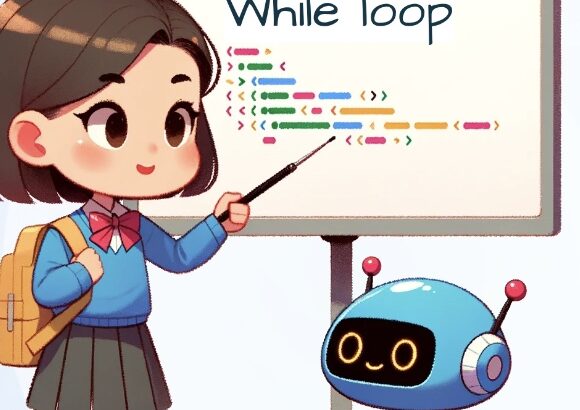Inspiration and Design Journey
The idea for AmkaGo came from seeing many of my friends (and myself) struggle to find a job after graduation. Many students, even after obtaining degrees, struggle to find relevant employment due to a disconnect between their skills and market demands. With AmkaGo, I wanted to address this issue by building a platform that offers career support tailored to each graduate’s profile.
Initially, I envisioned a platform for job listings, but after deeper research and user feedback, it became clear that integrating skill-building resources would make it more effective. This led me to explore AI as a way to make the platform dynamic and responsive, tailoring recommendations to each user.
However, after a lot of prototyping, asking for feedback, and having people try the website, I realized that introducing a lot of rushed features at the beginning would be confusing and hard to navigate, so I decided to keep this first iteration simple. Amkago.com is now a live website where you can learn more about the work I am doing (with a group of classmates from other programs) to advance skill-based learning and connect graduate students with employment opportunities, especially in Africa.

Project Description
AmkaGo is a website designed to bridge the gap between graduation and employment for new graduates, particularly those in Africa. It currently provides an accessible interface where users can learn about upcoming initiatives and the platform’s plans to address employability challenges through skill-based learning. Future iterations will incorporate AI to analyze user profiles, identify skill gaps, and recommend job opportunities and training resources based on current market needs.
With a streamlined design, AmkaGo’s first version focuses on simplicity and ease of use, serving as an introductory platform to connect recent graduates with the resources and networks they need to jumpstart their careers.

What I’ve Learned About Learning Design
Through developing AmkaGo, I learned that effective learning design often requires prioritizing simplicity over feature density, especially in early versions. Prototyping and gathering feedback showed me that too many initial features could dilute the core purpose and overwhelm users. By focusing on minimal, essential functions, I was able to create a user-friendly experience that aligns with the learning goals of the platform.
Additionally, this project underscored the importance of user feedback and iterative design. Each round of feedback helped refine AmkaGo’s direction, ensuring that the platform was meeting real user needs and not just theoretical ones. Ultimately, AmkaGo taught me that a successful educational platform must strike a balance between technological innovation and a clear, purpose-driven user experience.




